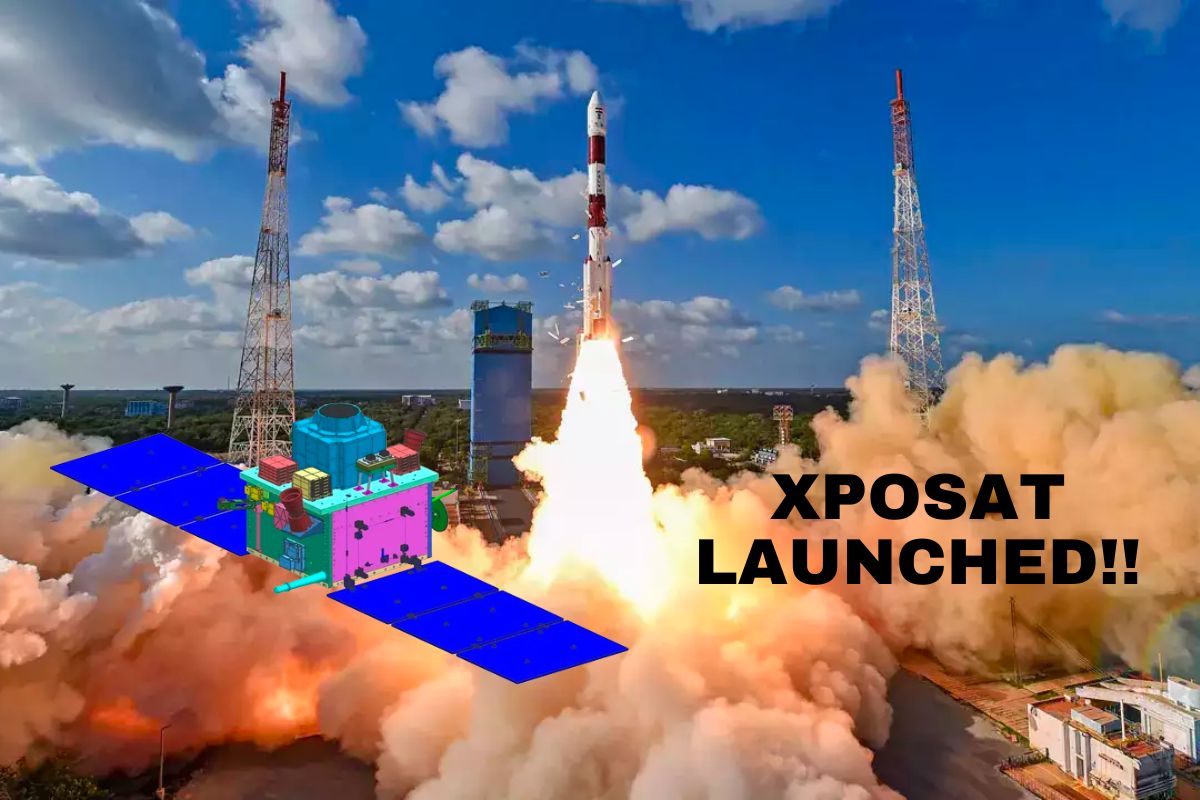The launch of the XPoSat mission marks another moment of pride for the Indian Space Research Organisation (ISRO) as they have effectively sent a new satellite into space.
On the first day of 2024, the XPoSat Mission was sucesfully launched, noting a significant accomplishment for ISRO. Despite a string of successes in 2023, consisting of the Chandrayaan-3 mission and the Aditya-L1 mission, the space agency has attained yet another special landmark withh the successful deployment of this highly significant satellite.
The PSLV-C58 rocket successfully launched the XPoSat satellite into orbit. The mission, led by ISRO, is expected to last for roughly 5 years and will certainly focus on numerous celestial objects, including X-ray pulsars, black hole binaries, neutron stars, and Magnetars.
Following a 25-hour countdown that began on Sunday at 8:10 am, the launch occurred on January 1 at 9:10 am from the first launch pad at the Satish Dhawan Space Centre in Sriharikota, located around 135 kilometres eastern of Chennai.
Notably, the PSLV-C58 rocket embarked on its 60th mission, delivering an overall of 10 additional satellites that were meant for placement in orbits near the Earth’s surface.
Objectives of this XPoSat mission are
- To measure polarisation of X-rays in the energy band 8-30keV emanating from about 50 potential cosmic sources through Thomson Scattering by POLIX payload.
- To carry out long term spectral and temporal studies of cosmic X-ray sources in the energy band 0.8-15keV by XSPECT payload.
- To carry out polarisation and spectroscopic measurements of X-ray emissions from cosmic sources by POLIX and XSPECTpayloads respectively in the common energy band.
Scientific Goals
- To study the distribution of magnetic field, geometric anisotropies, alignment w.r.t line of sight, nature of accelerator in galactic cosmic X-Ray sources by measuring degree of polarization and its angle.
- Structure and geometry of magnetic field of neutron stars, mechanism of X-Ray beaming and its relation with luminosity and mass of accretion rate of powered pulsars.
- Detailed understanding of galactic black hole binary sources.
- To study and confirm about production of X-Rays is either from polar cap of neutron star or outer cap of pulsar magnetosphere.
- To distinguish the synchrotron mechanism as dominant over thermal emission in Supernova remnants.
